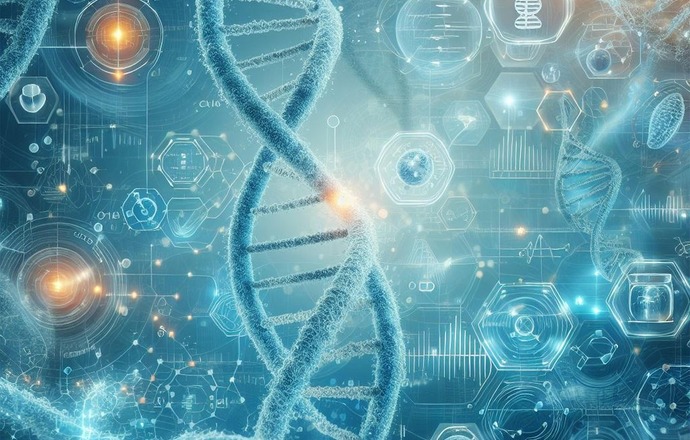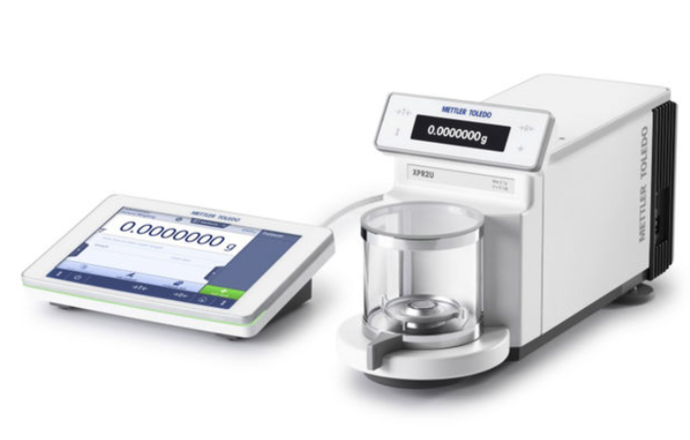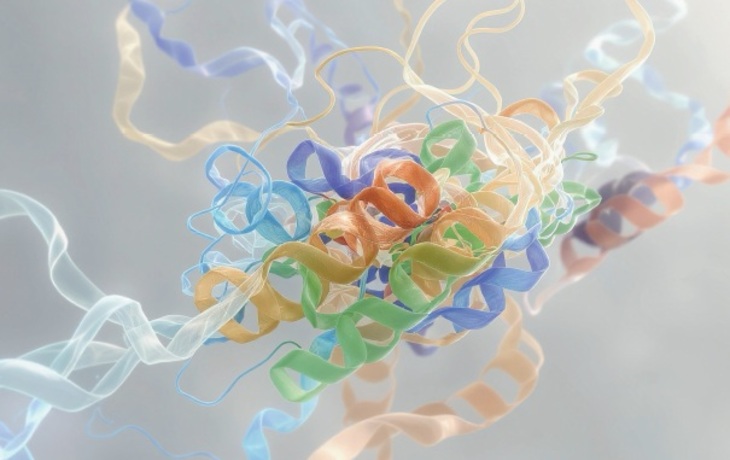 Thalidomide was a sedative that was prescribed to pregnant women some fifty years ago. It was intended to be a cure for morning sickness but it turned out to be a teratogenic agent that caused multiple birth defects in unborn babies. The children of mothers who took the drug while they were pregnant developed malformed limbs, ears, heart and digestive tract. Unwittingly, thalidomide became the culprit of the worst pharmaceutical tragedy in modern history, which victimized more than 10 000 children worldwide.
Thalidomide was a sedative that was prescribed to pregnant women some fifty years ago. It was intended to be a cure for morning sickness but it turned out to be a teratogenic agent that caused multiple birth defects in unborn babies. The children of mothers who took the drug while they were pregnant developed malformed limbs, ears, heart and digestive tract. Unwittingly, thalidomide became the culprit of the worst pharmaceutical tragedy in modern history, which victimized more than 10 000 children worldwide. Due to the terrible side effects, the drug was pulled out of the market in 1962. However, the drug went back to the shelves in 2006 after the ban on thalidomide was lifted by the Food and Drug Administration of the US, allowing it to be used for treating multiple myeloma and a painful complication of leprosy. Strict controls and regulations govern the distribution of the drug because of its teratogenicity.
It is not known how thalidomide causes malformed limbs and other developmental defects but a team of Japanese researchers have discovered the protein which the drug binds to. The primary target is cereblon (CRBN), which together with damaged DNA binding protein 1 (DDB1) and Cul4A, forms an E3 ubiquitin ligase complex that is important for limb development and the expression of the fibroblast growth factor Fgf8 in zebrafish and chicks. Thalidomide inhibits the E3 function of the ubiquitin ligase complex by directly binding to CRBN.
This is a significant discovery, considering that for 50 years after the medical disaster, there was no known target of the drug. At the same time, it is an exciting finding because the identification of the drug’s principal target may lead to the design of a more efficient drug derived from thalidomide minus the harmful side effects in the near future.
There are many learning points one can learn from the history of thalidomide. One prominent lesson to remember from the thalidomide tragedy is the importance of extensive animal testing and clinical trials in ensuring the safety of new drugs. Stringent rules should also be enforced by the relevant authorities to prevent harmful drugs from being released into the market.
The fact that thalidomide went through withdrawal from and then reintroduction to the shelves tells us that existing drugs may have other hidden therapeutic effects waiting to be discovered. Pharmaceutical companies and scientists should keep their minds open to new possibilities which old drugs may be available to offer.
More recently, the identification of a crucial target of thalidomide highlights to research academia and companies all over the world the value of finding molecular targets of the drug itself as well as knowing the mechanism of drug action. As scientists work harder to deliver more breakthroughs in this field of research, let us look forward to the prospect of a new drug derived from thalidomide that is free of horrible side effects and safe to be consumed by pregnant women.
Original paper: Ito, T., Ando, H., Suzuki, T., Ogura, T., Hotta, K., Imamura, Y., Yamaguchi, Y. and Handa, H. (2010) Identification of a Primary Target of Thalidomide Teratogenicity, Science, 327, 1345 - 1350



























KOMENTARZE